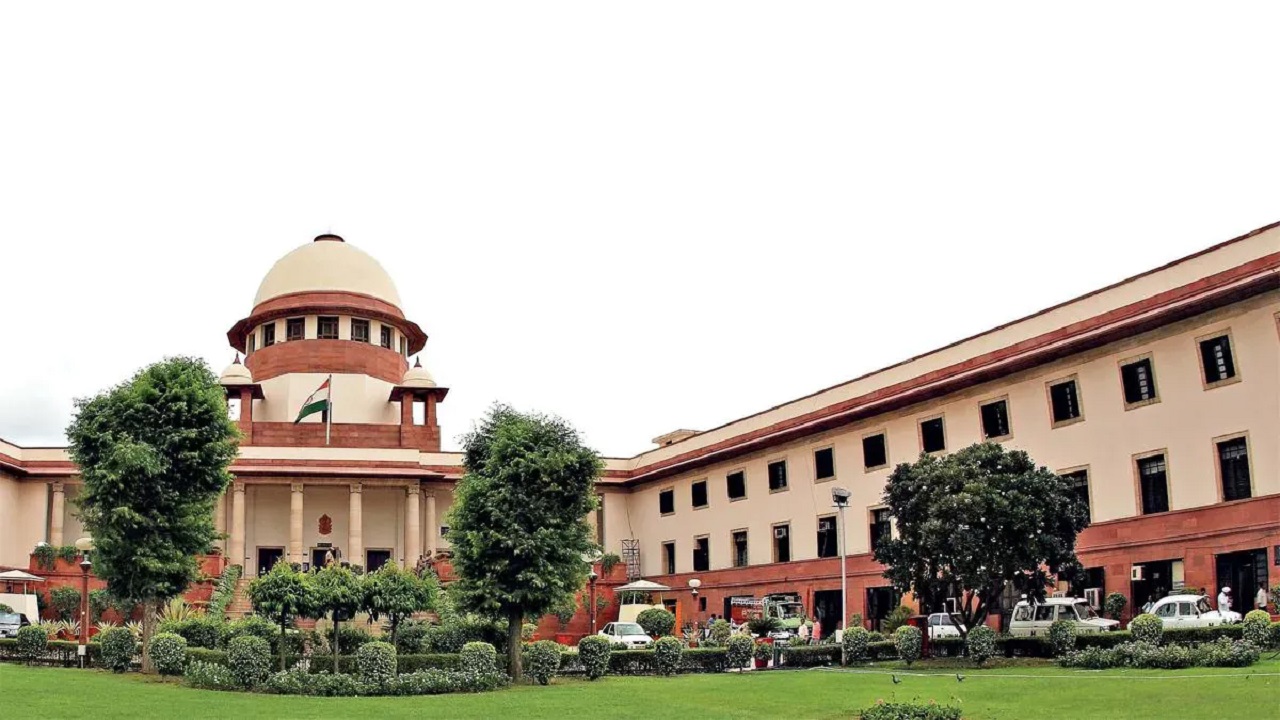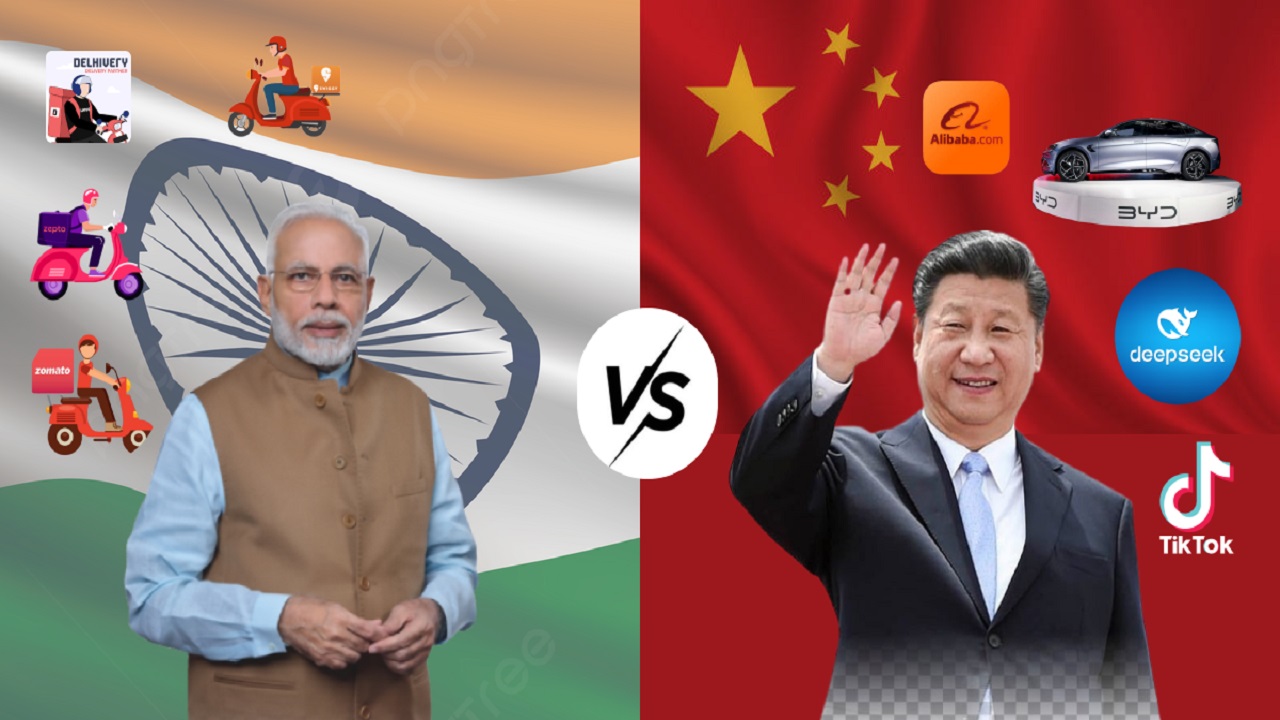Judicial Oversight in Federalism: The President, Supreme Court, and State Bill Assent
Conetxt :
The recent ruling by the Supreme Court of India has significant implications for the relationship between the Centre and the States, especially concerning the assent to State Bills. According to the Court’s decision, the President must give assent to State Bills within three months after receiving them from the Governor.
This timeline aims to ensure that there are no unnecessary delays in the legislative process at the state level. The ruling also advised that the President consult the Supreme Court to address any constitutional concerns related to the Bill before providing assent.
This recommendation is crucial for preventing potential conflicts between the Centre and the States, ensuring that decisions are not politically motivated but are instead based on the principles of the Constitution. The case reflects the need to protect the integrity of the legislative process and avoid situations where political considerations might influence the Governor’s or President’s decisions.
This ruling also emphasizes the role of judicial oversight in maintaining a balanced federal structure, thereby reinforcing the importance of constitutional checks and balances.
Sri Lankan Model:
In this context, the Sri Lankan model of governance provides an interesting comparative framework. In Sri Lanka, if a Governor believes a provincial Bill is unconstitutional, the Bill is referred to the President for review.
The President is then required to consult the Supreme Court on the matter. If the Supreme Court upholds the Bill’s constitutionality, the Governor is compelled to assent to the Bill. This approach helps ensure that political biases or pressures do not unduly influence the process of granting assent to legislation.
It establishes a legal and procedural mechanism that safeguards the sanctity of the legislative process. The Indian Supreme Court referenced this model as a preventive measure to avoid political misuse of gubernatorial powers and to maintain the constitutional integrity of the lawmaking process. By following such a model, the Governor's role becomes more about adhering to constitutional principles, reducing the chances of executive overreach or political interference.
Article 143: The President’s Consultation Power
A central aspect of this ruling brings focus to Article 143 of the Indian Constitution, which grants the President the power to consult the Supreme Court on matters of public importance or legal complexity. This Article forms the foundation of the consultative relationship between the executive (President) and the judiciary (Supreme Court), especially in instances where there are complex legal questions or constitutional concerns that need clarification.
The key provisions under Article 143 are as follows:
- Clause (1): The President can refer questions of law or fact that are of public importance to the Supreme Court for its opinion. This allows the President to seek guidance on issues that have broad constitutional implications or involve significant public interest. Such matters may include disputes or questions regarding the validity of laws or interpretations of the Constitution.
- Clause (2): The President may also refer inter-State disputes or Centre-State disputes under Article 131 to the Supreme Court for its opinion. Article 131 of the Constitution provides that the Supreme Court has original jurisdiction over disputes between the Centre and the States, ensuring that any such disputes are resolved in a manner that is consistent with constitutional principles.
While the Supreme Court’s advice is not legally binding, it carries moral and legal weight. This gives the advice significant influence in guiding the President’s decision-making process. The consultative process between the President and the Supreme Court ensures that any decisions, especially those related to matters of national importance or constitutional validity, are based on sound legal reasoning and are in harmony with the Constitution.




Comments (0)